Nifty near 18K: Market pundits call for caution
By Ashley Coutinho
Market pundits are calling for caution amid a surge in Indian equities since mid-June and the benchmark 50-share Nifty nearing a decisive resistance level of 18,000.
“I am at a loss to explain why markets are not reacting more negatively to the bleak global economic outlook,” said Andrew Holland, CEO, Avendus Capital Public Markets Alternate Strategies. “The fall in commodity prices may have raised hopes that inflation has peaked. FPIs have returned due to a possible portfolio rebalancing after a prolonged bout of selling from October to June.”
The turnaround in FPI inflows into equity markets and rising expectations of India’s inclusion in the global bond market indices have led to a stable currency and resilient bond markets over the last month.
Rising interest rates in the US have put emerging market economies with large import bills and dollar-denominated debt on the back foot. JP Morgan analysts put an ‘underweight’, or ‘sell’ sign, on international emerging market (EM) sovereign debt on Friday.
Also Read: Mcap of 7 of top 10 most valued firms climb over Rs 1.33 lakh crore; TCS, Reliance lead gainers
India stands out among the EMs because of its currency stability, growth prospects, robust forex reserves as well as relatively low levels of external debt, current account and fiscal deficits.
A return to risk-off trade, however, could spell bad news for the country, says Holland. “India will not be totally immune to a global sell-off even if our growth prospects are better. But the hope is that if global markets correct by, say, 10%, India will go down by maybe 5% as the country looks relatively more attractive in the EM pack.”
The US Federal Reserve is expected to raise rates by 75 basis points this month. The European Central Bank raised its key interest rates by an unprecedented 75 bps last week in a bid to tame inflation amid worries of a looming recession.
“A key variable to track is crude oil prices since the Indian market is quite vulnerable to higher oil prices. Moreover, the consequences of a coordinated global central bank balance-sheet tapering exercise need to be closely watched because it has the potential to lead FPIs to a robust risk-off stance,” UR Bhat, director at Alphaniti Fintech, said.
Brent crude oil prices have slid 25% over the last three months.
“While there is a lot of talk of decoupling and a robust market in light of the global scenario, India is neither immune, nor isolated from the headwinds and knock-on affects of a possible global recession, high energy costs, rising rates and inflation,” said Arun Chulani, sponsor & investment adviser, First Water Capital, a category III Alternate Investment Fund (AIF).
Valuations are a concern. Over the last 12 months, the MSCI India index (4%) has outperformed the MSCI EM index (-24%) by a wide margin. The Nifty now trades at 21x FY23E EPS, comfortably above its long period average.
“With the post-Covid earnings momentum at play, equity valuations have corrected from the 2021 peaks but are still some distance away from the value zone. The current valuations are well in excess of one standard deviation away from the historic mean,” Bhat said.
With interest rates on the rise, the historic mean has less significance than in normal times. He added: “On a price to book basis, the valuation premium is even more stark. For valuations to come within the fairly valued zone, earnings have to surprise positively or some meaningful correction has to happen.”
Jefferies believes that the IT sector remains at significant risk in case of a sell-off. “Any potential market correction will likely emanate out of hawkish stance by the Fed and the likely stagflation worries. That could hit the IT sector,” it said in a recent note.
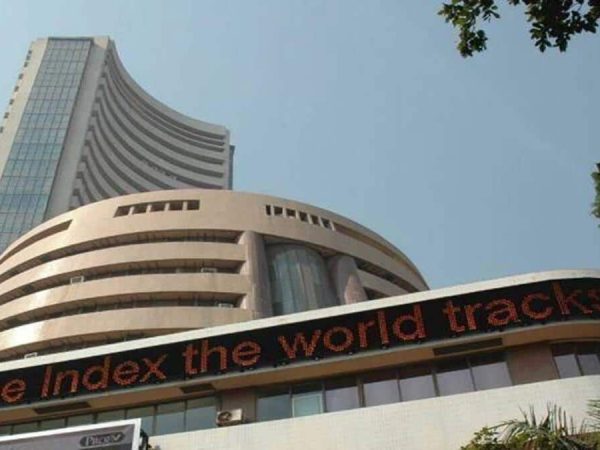
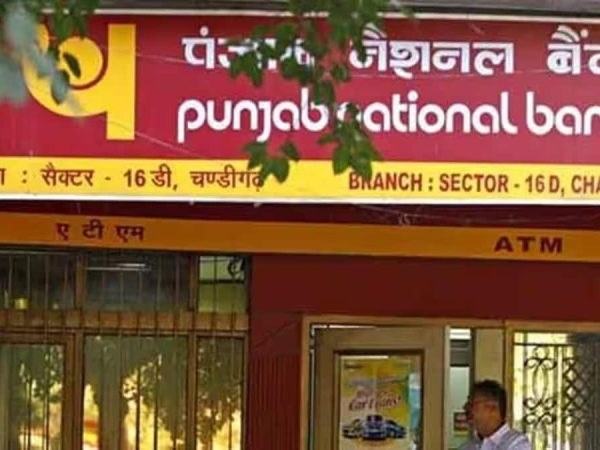
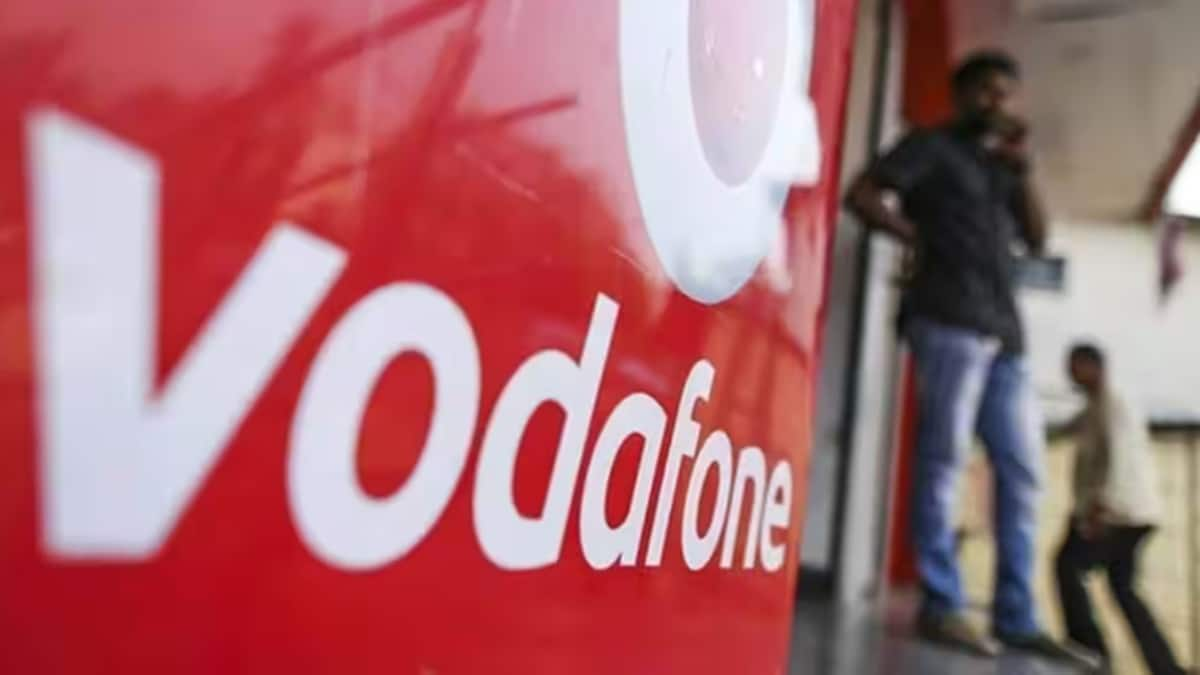
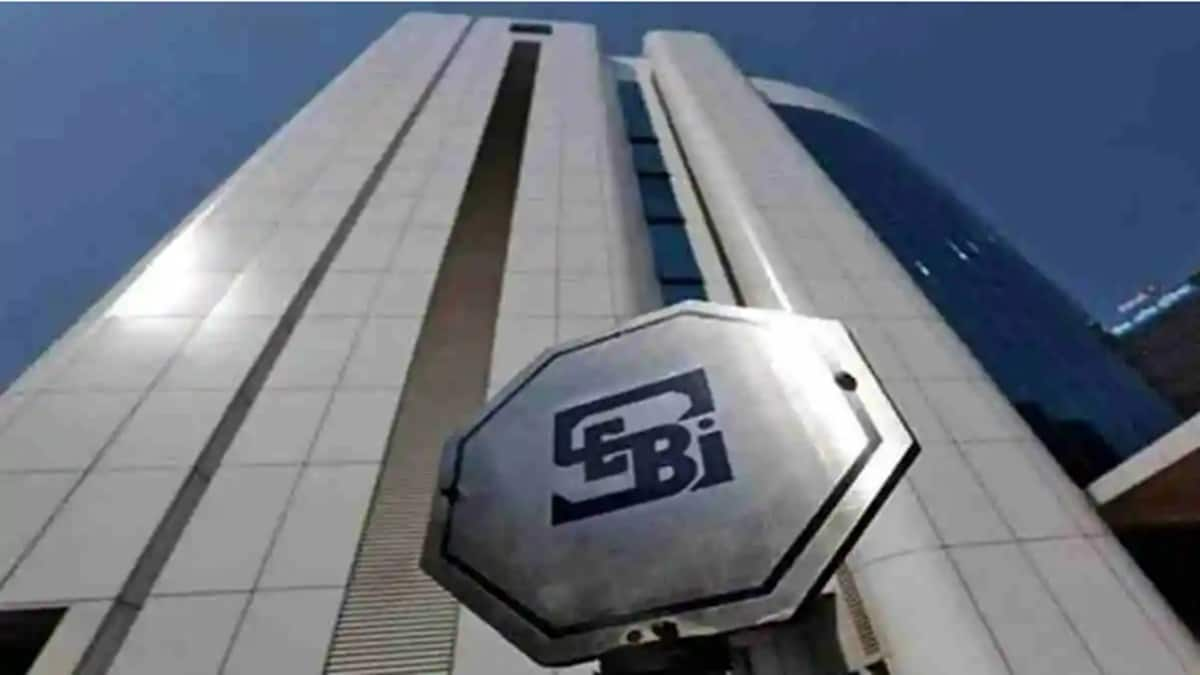

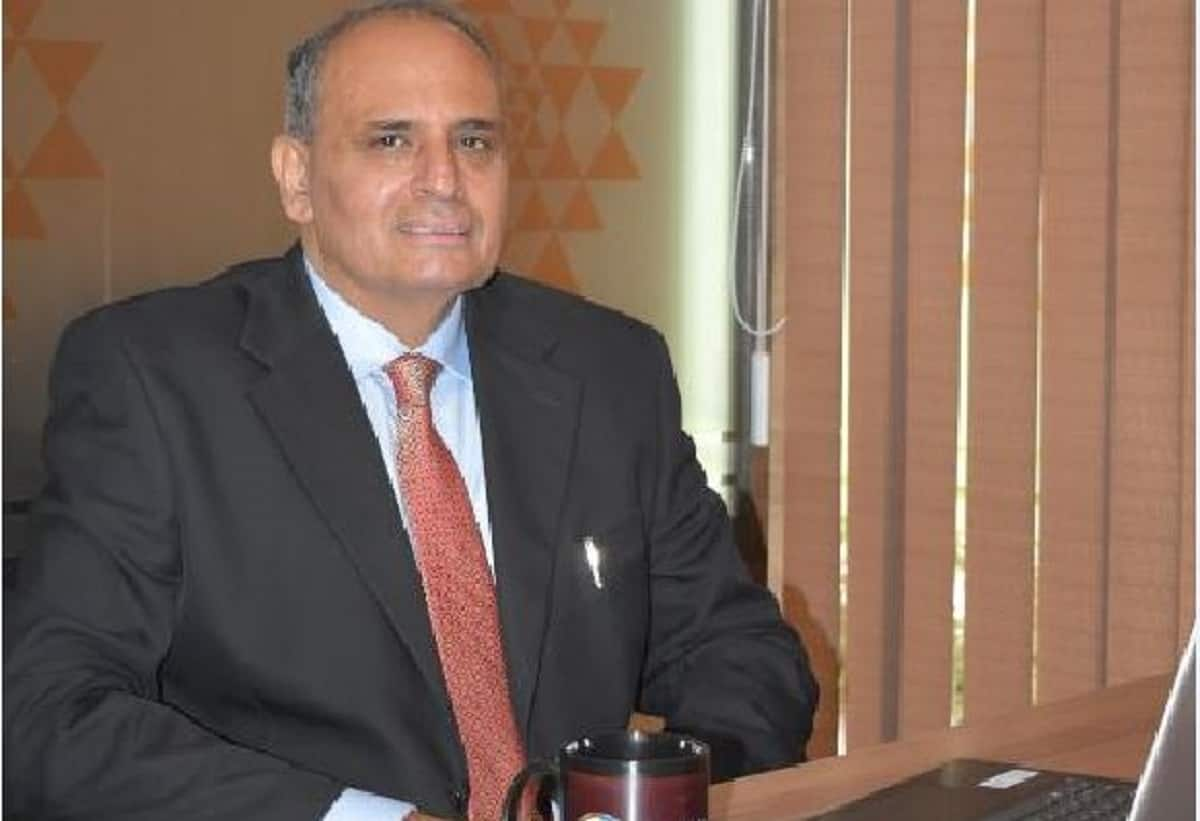

 Planning to Buy a Car? Find Out the Best Months for Awesome Deals!
Planning to Buy a Car? Find Out the Best Months for Awesome Deals!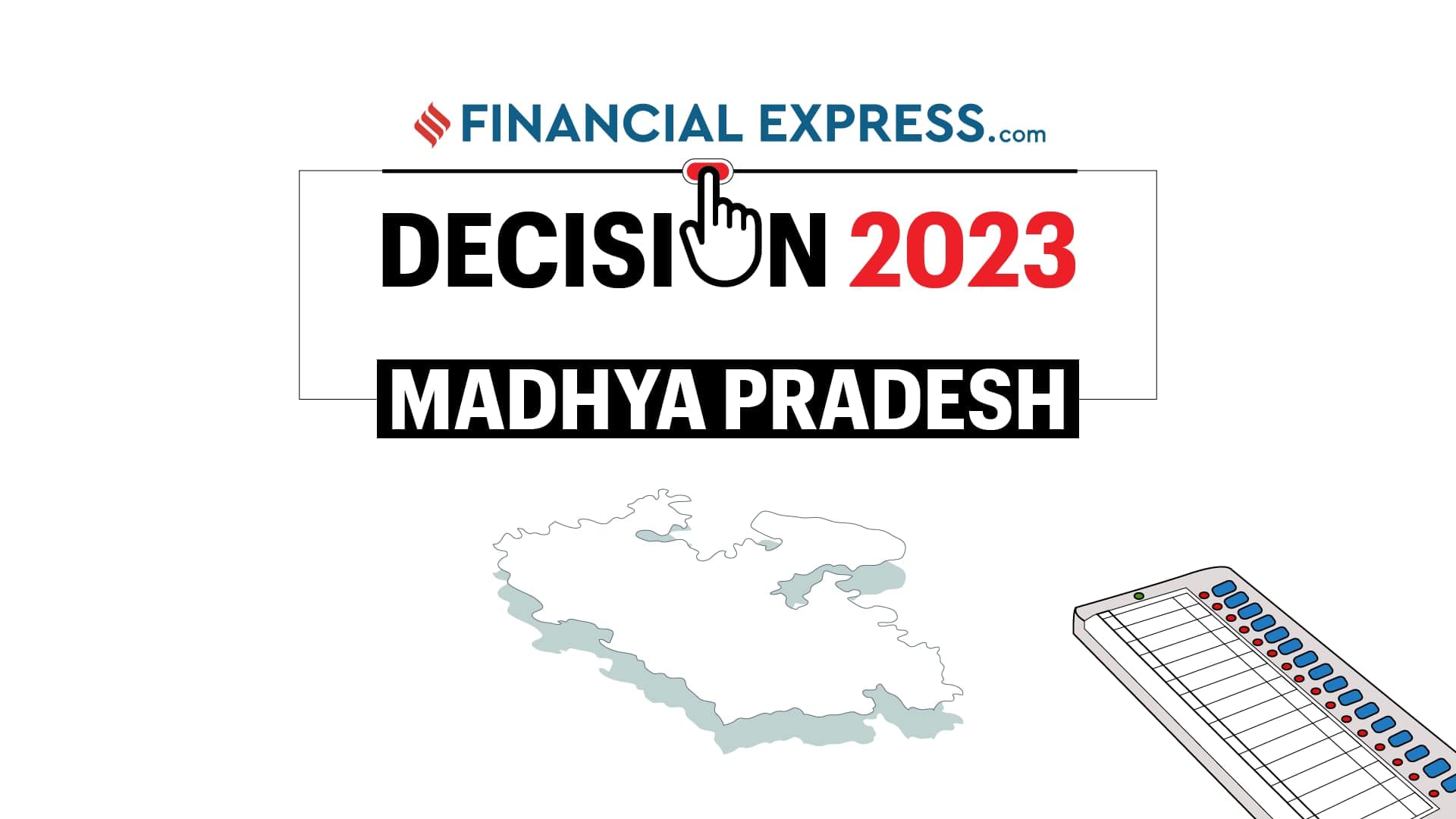

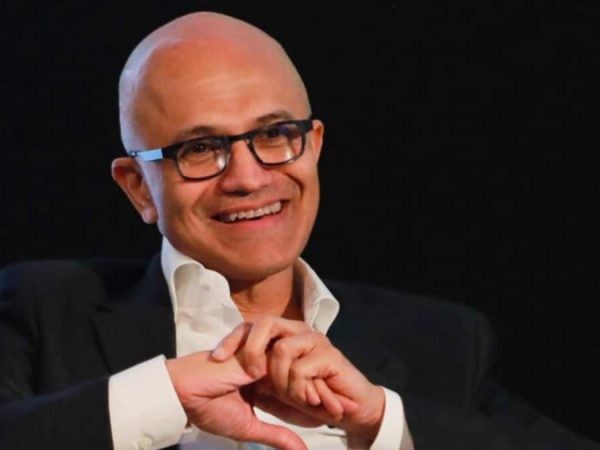
Recent Comments